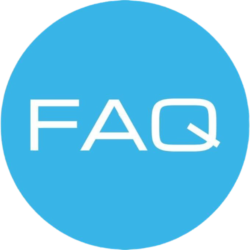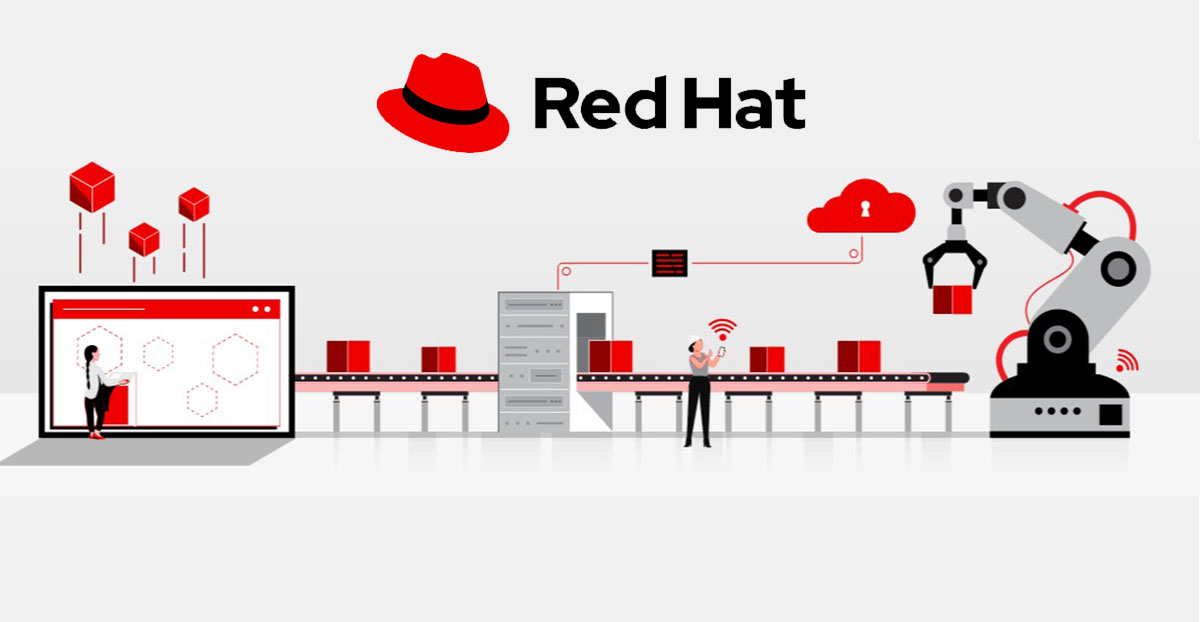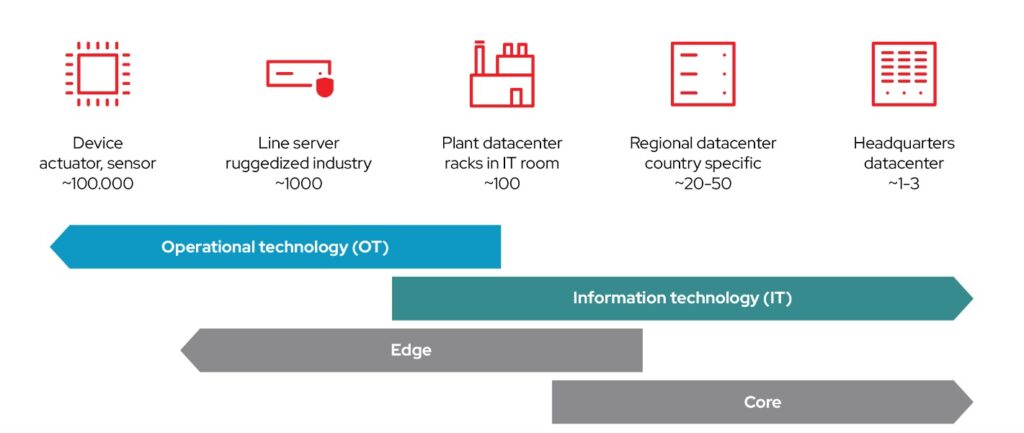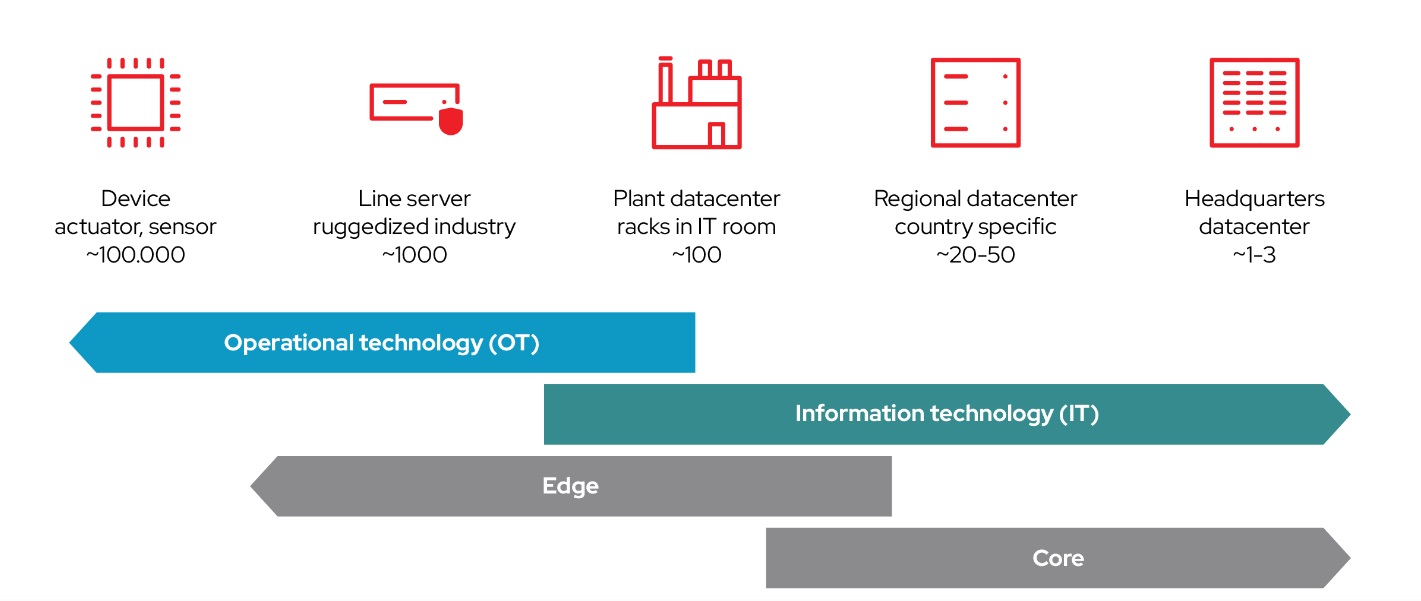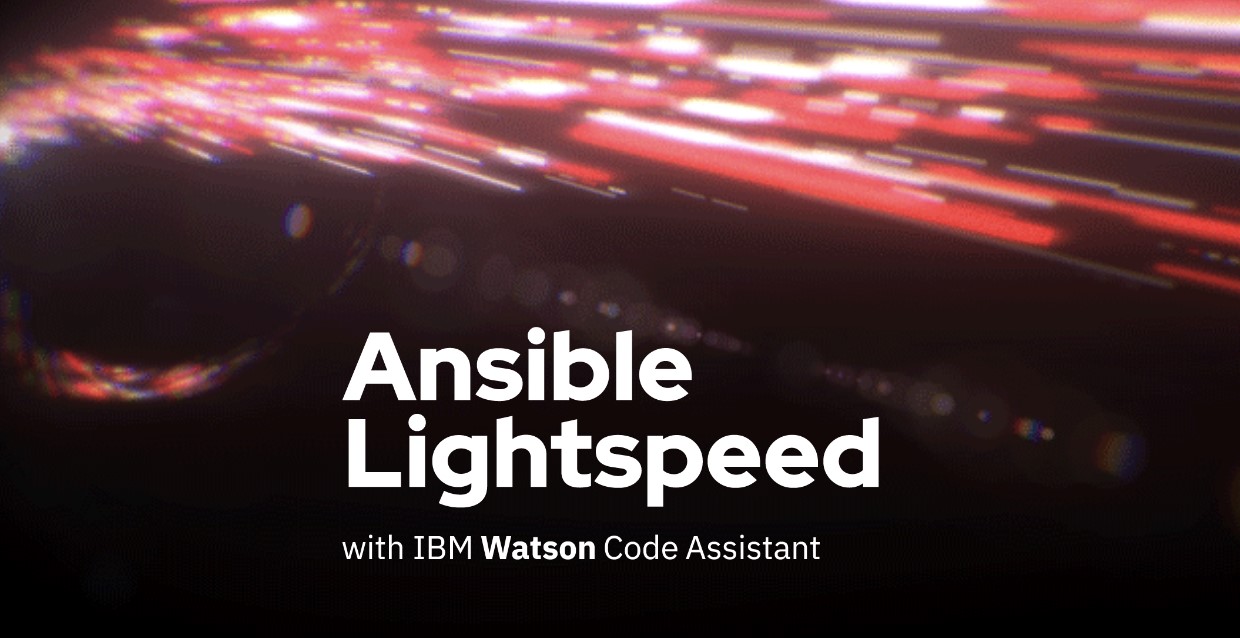ใช้พลังของ AI อย่าง Open

หนึ่งในเทคโนโลยีที่โดดเด่นน่าสนใจที่สุดและได้รับการกล่าวถึงในทุกวงการไม่เฉพาะวงการไอทีในขณะนี้และยังจะได้รับความสนใจต่อเนื่อง คือปัญญาประดิษฐ์ (AI) ลักษณะของ AI ที่มีแง่มุมหลากหลาย และความสลับซับซ้อนของกรณีใช้งานที่มีศักยภาพและได้รับการพิสูจน์แล้ว เป็นเหตุผลว่าทำไม AI จึงเป็นหัวข้อสำคัญของการสนทนาในเวลานี้ และทำไมองค์กรต่าง ๆ ไม่อาจมองข้าม AI หากต้องการขับเคลื่อนองค์กรให้ก้าวหน้า แม้ว่าจะยังไม่แน่ใจว่าจะใช้ AI เมื่อไร ใช้อย่างไรหรือจะเริ่มต้นใช้ตรงจุดไหนก็ตาม
ถึงเวลาของ AI, AI ทุกแห่งหน
เราทราบดีว่าการทำซ้ำขั้นตอนกระบวนการรุ่นต่อไปของเทคโนโลยีจำนวนนับไม่ถ้วน จะอิงอยู่กับ AI ไม่ว่าจะอยู่ในรูปของแชทบอทต่าง ๆ ยานพาหนะที่ควบคุมด้วยซอฟต์แวร์ การตรวจจับการหลอกลวงทางการเงิน หรือการวินิจฉัยผู้ป่วยแบบเร่งด่วน และเพื่อให้อยู่รอดและก้าวล้ำหน้าในสภาพเศรษฐกิจและเทคโนโลยีในปัจจุบัน ผู้นำทางธุรกิจจำเป็นต้องให้ความสำคัญกับการนำ AI ไปใช้ในเชิงกลยุทธ์ ใช้ในลักษณะเป็นองค์รวม และในเวลาที่เหมาะสมทันสถานการณ์ เพื่อให้นักวิทยาศาสตร์ข้อมูล นักพัฒนาซอฟต์แวร์ และทีมทำงานด้านไอทีสามารถร่วมกันใช้ AI กับทุกภาคส่วนขององค์กรได้อย่างมีประสิทธิภาพ
ข้อมูลจากการ์ทเนอร์ระบุว่า “AI มีศักยภาพในการมอบคุณค่าสำคัญให้กับองค์กรด้วยการเพิ่มประสิทธิผล ช่วยให้ตัดสินใจได้ดีขึ้น และสร้างโอกาสใหม่ ๆ เพื่อการเติบโตและด้านนวัตกรรม[1] แม้ว่าองค์บางแห่งยังเลือกที่จะใช้ AI ในสโคปที่จำกัดและยังไม่ได้ใช้ AI กับงานทางธุรกิจมากกว่าหนึ่งฟังก์ชัน[2]ก็ตาม”
องค์กรต่าง ๆ ต้องเตรียมตัวให้พร้อมเพื่อใช้ AI อย่างมีประสิทธิภาพโดย
- ทำให้แนวคิดกรณีใช้งาน AI เข้าสู่กระบวนการผลิต ด้วยการนำทีมต่าง ๆ เช่น นักวิทยาศาสตร์ข้อมูล นักพัฒนาซอฟต์แวร์และฝ่ายปฏิบัติการด้านไอที รวมถึงเทคโนโลยีต่าง ๆ มาทำงานร่วมกัน
- ใช้เครื่องมือและกระบวนการต่าง ๆ ที่มีอยู่ ซึ่งช่วยให้ทีมงานขององค์กรสามารถผลักดันให้เกิดความคล่องตัวและประสิทธิภาพได้อย่างรวดเร็ว ซึ่งช่วยเร่งการนำแอปพลิเคชัน AI ไปใช้ในการผลิต
- ได้มาตรฐานความปลอดภัย ตรงตามกฎระเบียบ ข้อกำหนดและการกำกับดูแล เหมือนกับที่ทำกับแอปพลิเคชันทางธุรกิจอื่น ๆ
หากปราศจากแผนปฏิบัติงานเชิงรุกที่ครอบคลุมว่าจะใช้ AI กับทุกส่วนของธุรกิจอย่างไร องค์กรมักประสบปัญหาในการปรับตัวให้ทันความต้องการที่เปลี่ยนไปของลูกค้า
AI กับ Red Hat
การผสานลักษณะการทำงานร่วมกันของโอเพ่นซอร์สเข้ากับพลังของ AI ส่งให้เร้ดแฮทช่วยองค์กรต่าง ๆ แก้ปัญหาที่ทุกแห่งในโลกเผชิญได้อย่างมีประสิทธิภาพมากขึ้นและเร็วมากกว่าที่หลายคนคิดว่าจะเป็นไปได้ก่อนที่จะมี AI เกิดขึ้น เร้ดแฮทไม่เพียงแต่มองเห็นพลังที่ AI สามารถนำมาให้องค์กรในปัจจุบัน แต่ยังรวมถึงความเป็นไปได้ต่าง ๆ ที่ AI จะนำมาให้ในอนาคตด้วย
เร้ดแฮทให้ความสำคัญกับศักยภาพของ AI ดังนี้
- บูรณาการเทคโนโลยีโอเพ่นเซอร์สต่าง ๆ เข้าด้วยกัน เพื่อทำให้กรณีใช้งานเป็นจริง
- เร้ดแฮทเชื่อว่าจุดเริ่มต้นของนวัตกรรมอยู่ที่โอเพ่นซอร์สคอมมิวนิตี้ และ AI ก็เป็นเครื่องพิสูจน์ว่าความเชื่อนี้เป็นเรื่องจริง เร้ดแฮทมีความสัมพันธ์แน่นแฟ้นกับโอเพ่นซอร์สคอมมิวนิตี้ต่าง ๆ เช่น Kubeflow, KServe, CodeFlare และ Ray รวมถึงโมเดลโอเพ่นซอร์สจากบริษัทต่าง ๆ เช่น Hugging Face ผสานกับแนวทางที่คำนึงถึงต้นทางของนวัตกรรมของเร้ดแฮท ช่วยให้เร้ดแฮทคอนทริบิ้วได้อย่างเปิดกว้างและโปร่งใส เพื่อก่อให้เกิดนวัตกรรมปลายทางที่ส่งผลให้เกิดมูลค่าทางเศรษฐกิจร่วมกับพันธมิตรของเรา
- เร่ง time to value
- เร้ดแฮทนำนักวิทยาศาสตร์ข้อมูลและนักพัฒนาซอฟต์แวร์มาทำงานร่วมกัน เพื่อสร้างแอปพลิเคชันที่เป็น AI ได้เร็วขึ้น และสามารถตอบสนองต่อการเปลี่ยนแปลงได้มากขึ้น ด้วยการช่วยเปลี่ยนสมมติฐานต่าง ๆ ให้เป็นการพัฒนาโมเดล ต่อเนื่องเป็นการนำไปใช้งานและการวัดผล ในขณะเดียวกันก็ช่วยขับเคลื่อนให้เกิดประสิทธิภาพและการทำงานร่วมกันของทีมงานทั้งหมด
- กระบวนการที่ใช้ในการพัฒนาแอปพลิเคชันแบบดั้งเดิม และกระบวนการที่ใช้สำหรับการพัฒนาโมเดลมีความคล้ายคลึงกันหลายประการ และเมื่อโมเดลและแอปพลิเคชันต่าง ๆ เกิดการเปลี่ยนแปลง, Red Hat OpenShift AI และ Red Hat OpenShift จะช่วยให้ผู้ปฏิบัติงานทั้งด้าน MLOps (Machine Learning Model Operationalization Management) และ DevSecOps สามารถทำซ้ำได้อย่างรวดเร็วผ่านเครื่องมือต่าง ๆ ที่ช่วยสร้างรั้วกั้น (guardrails) ที่เหมาะสม เพื่อควบคุมและป้องกันการใช้งานในแนวทางที่ถูกต้อง ดังนั้นการทำให้กระบวนการต่าง ๆ ที่กล่าวมาเป็นอัตโนมัติและคล่องตัว จะช่วยให้องค์กรต่าง ๆ มีประสิทธิภาพและบรรลุเป้าหมายที่ต้องการได้มากขึ้น
- ใช้แอปพลิเคชัน AI ได้ทุกที่
- เร้ดแฮทช่วยให้องค์กรสร้าง ใช้ บริหารจัดการ และดำเนินงานแอปพลิเคชัน AI บนคลาวด์ทุกประเภทไม่ว่าจะเป็นพับลิคหรือไพรเวท รวมถึงในระบบที่ติดตั้งอยู่ภายในองค์กร หรือแม้แต่การใช้จำนวนมากที่เอดจ์ และเมื่อผนวกกับความสามารถด้านความปลอดภัยที่รัดกุมขึ้น เร้ดแฮทสามารถมอบความสามารถในการใช้แพลตฟอร์มคอมพิวติ้งที่ยืดหยุ่นและสอดคล้องกันได้มากขึ้นให้กับลูกค้า ความยืดหยุ่นนี้ทำให้เร้ดแฮทช่วยองค์กรที่กังวลด้านความเป็นส่วนตัวของข้อมูล กังวลกับความสามารถของข้อมูลที่จะนำแอปพลิเคชัน บริการ และข้อมูลอื่น ๆ มาสัมพันธ์กันตามปริมาณข้อมูลนั้น (แรงโน้มถ่วงของข้อมูล: data gravity) หรือกังวลด้านสิทธิ์ในการเป็นเจ้าของข้อมูลของตน (data sovereignty) ด้วยการย้ายโมเดล AI ต่าง ๆ ไปวางไว้ใกล้แหล่งที่มาของข้อมูลให้มากขึ้น เป็นการช่วยองค์กรสร้างและใช้โมเดล AI ได้สอดคล้องกับข้อกำหนดด้านกฎระเบียบที่จำกัดการเคลื่อนย้ายข้อมูล
- บางครั้งองค์กรจำเป็นต้องใช้ data gravity และ Red Hat OpenShift ช่วยให้องค์กรทำเช่นนั้นได้ โดย Red Hat OpenShift และ Red Hat OpenShift AI ช่วยให้องค์กรสามารถเทรนด์บนคลาวด์และนำโมเดลกลับมาใช้ในไพรเวทดาต้าเซ็นเตอร์ขององค์กรได้ หากองค์กรต้องการ GPUs จำนวนมากเพื่อให้ใช้เวลาเทรนด์สั้นลล องค์กรก็สามารถเช่าใช้ได้บนคลาวด์
- เพิ่มประสิทธิภาพและประสิทธิผล
- เร้ดแฮทมอบแพลตฟอร์มที่จำเป็นเพื่อการพัฒนาและใช้ AI ได้อย่างรวดเร็วในวงกว้าง และผสานรวม AI ไว้ในแพลตฟอร์มที่เร้ดแฮทมีอยู่ เพื่อเพิ่มผลิตผลและประสิทธิภาพให้กับทีมปฏิบัติการและทีมพัฒนาซอฟต์แวร์ ช่วยให้ทีมเหล่านี้ใช้งานได้ง่ายขึ้น ซึ่งเป็นสิ่งสำคัญที่องค์กรที่ต้องการสร้างนวัตกรรมได้อย่างรวดเร็วในเวลาที่ต้องเผชิญกับความท้าทายต่าง ๆ เช่น ขาดแคลนบุคลากรที่มีความสามารถด้านนี้ ตัวอย่างเช่น Red Hat Ansible Lightspeed with IBM watsonx Code Assistant ใช้ generative AI เพื่อสร้าง Ansible code ที่สอดคล้องกับแนวปฏิบัติที่ดีที่สุดของเร้ดแฮท เชื่อถือได้ และช่วยลดช่องว่างด้านทักษะไอทีอัตโนมัติ
- สิ่งสำคัญประการหนึ่งที่องค์กรจำเป็นต้องพิจารณาคือความสามารถในการสเกลได้อย่างเหมาะสมหลังจากผสานรวม AI เข้ากับผลิตภัณฑ์ขององค์กรแล้ว ซึ่ง Red Hat Openshift AI ตอบโจทย์นี้ ด้วยการช่วยให้องค์กรเพิ่มจำนวนการทำซ้ำ (replicas) ได้มากขึ้น หรือแม้แต่การใช้ multiple replicas โมเดลหนึ่งไปยังหลายคลัสเตอร์บนมัลติคลาวด์
โซลูชัน AI ของเร้ดแฮทที่พร้อมใช้งานในระดับองค์กรนี้ สร้างขึ้นด้วยความโปร่งใสและมีคุณสมบัติยอดเยี่ยม เร้ดแฮทนำพลังของ AI ที่เปิดกว้าง ใช้งานได้จริงให้กับลูกค้าเพื่อช่วยให้องค์กรสามารถนำ AI ไปใช้กับธุรกิจทุกส่วน
[1] Gartner®: Research Roundup: Realizing Value From Artificial Intelligence (AI), Rita Sallam, Leinar Ramos, Radu Miclaus, Anthony Mullen, 17 August 2023
[2] McKinsey: The state of AI in 2023: Generative AI’s breakout year, 2023

